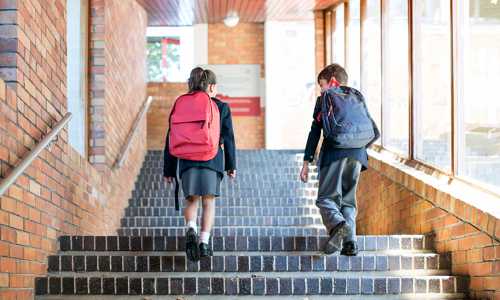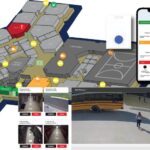Evaluating the unique risks to your campus and identifying any existing gaps that need to be addressed immediately is fundamental to developing a comprehensive security and safety plan for your school.
No one set of physical security solutions is right for every campus or community. However, a layered, systems-based approach can help to detect, delay and respond to threats while also helping to avoid any single point of failure.
Think of layering security like concentric circles starting at the outer fringes or perimeter of your school campus and working toward the center. Each successive layer can include specific components that provide a protective element to hinder adversarial behaviors and delay an attack if other layers are bypassed or breached. Delaying an armed assailant can afford the critical time needed for first responders to manage the threat and take appropriate action.
Based on a summarization of recommendations from the Partner Alliance for Safer Schools (PASS) School Safety and Security Guidelines and the Cybersecurity & Infrastructure Security Agency (CISA), this article will outline five proven best practices to help assess building security layer-by-layer and better secure your school at every level, Including:
- Ensure compliance with district-wide physical security standards
- Prioritize a layered approach to perimeter security
- Build an interior layer of security to protect classrooms and other interior rooms
- Implement effective mass notification systems and practices
- Establish comprehensive video surveillance coverage
You’ll also have access to our school security checklist to help identify any existing gaps in your security program that need to be addressed on your school’s campus.













